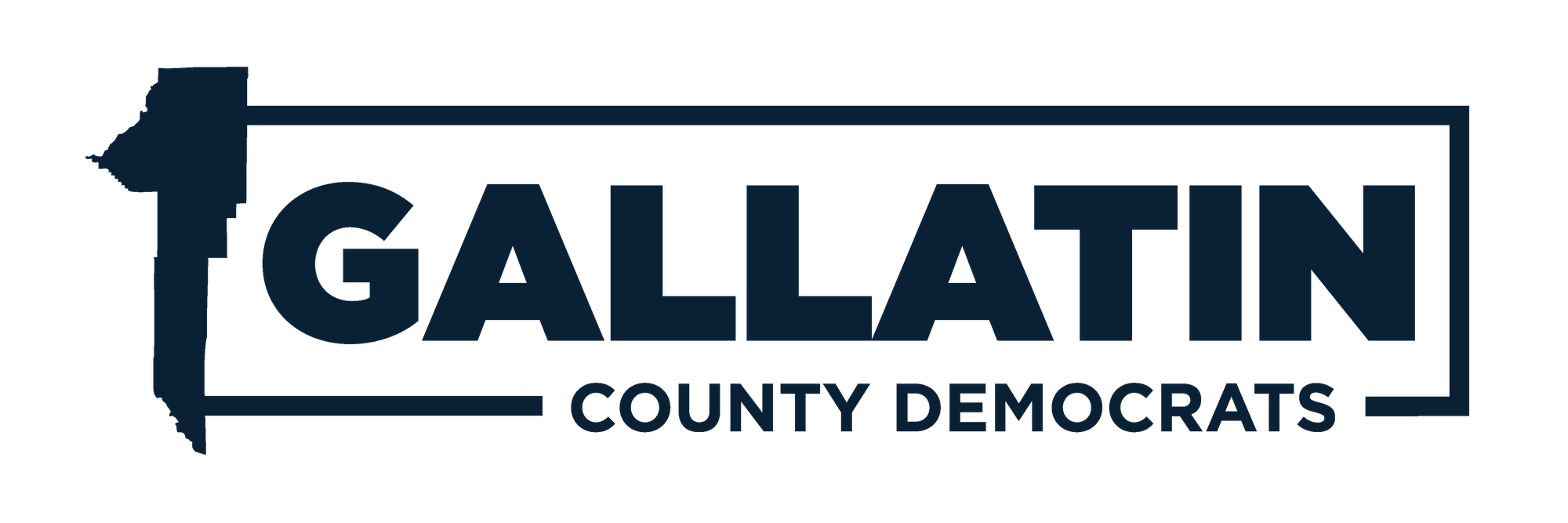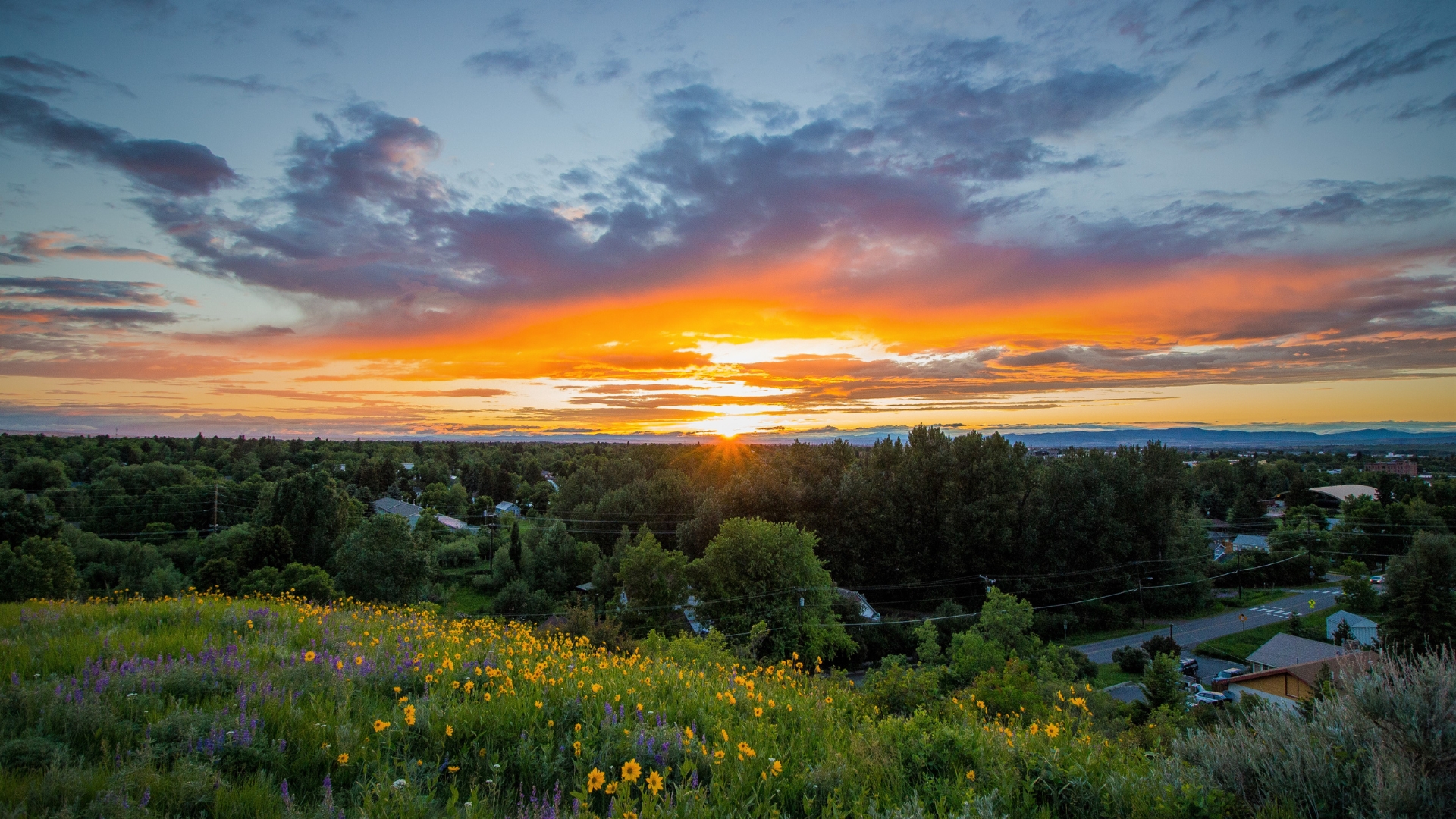Weakening ESA would hurt Montana’s landscapes
All three members of Montana’s Congressional delegation are supporting changes that would weaken the Endangered Species Act. The changes would eliminate requirements for re-consultation between some federal agencies when new information becomes available. This would hinder landscape level protections which are integral for protecting species such as the Canada Lynx.
The proposal should be rejected.
We need a strong Endangered Species Act to protect Montana’s wildlife and ecosystems.
The Endangered Species Act is the most powerful means of protecting endangered species in the United States. By implementing recovery plans for hundreds of species and designating millions of acres of critical habitat for recovery, it has prevented 99% species on it from going extinct. As populations have recovered, the health of nearby ecosystems have improved. For example, by reintroducing grey wolves into Yellowstone, beaver populations flourished, willow trees became healthier, and many scavengers have better access to reliable sources of food.
For the Canada lynx, the proposed changes could be devastating. Landscape scale management plans are integral for Canada lynx populations. Climate change will shift habitat by increasing the variability of snowfall. Therefore, management plans must be robust, flexible, and assessed at landscape scale to ensure survival of the Canada lynx.
Other animals face similar challenges; the health of the ecosystems that make Montana special are at stake.
Weakening the Endangered Species Act would hurt the landscapes of Montana. This four-decade-old law protects wildlife and encourages ecosystems to flourish. Montanans should deny support for the proposed changes to the Endangered Species Act and urge our elected representatives to do the same.
Angelo Roman
Bozeman
Floodplain development easy for creative developer
Three Forks, don’t worry about growth in the floodplain. Send the developer to the county planning office for floodplain development permits. Emphasize the term “glampground.” Developer should distinguish glamping (glamorous camping) from regular camping.
He will learn which boxes to check as well as the appropriate terminology to avoid subdivision review. His application should include a massive amount of impressive engineering rhetoric and data. Development potential may include under river and underground wastewater, fiber optic, natural gas lines as well as under floodplain domestic water and electrical utilities. Infrastructure may include drives, roads, parking areas, living unit pads and related hardscape. Facilities and amenities may include living units, gift shop, office, employee dorm, coffee shop, fly shop, tiki bar, lounge, and utility spaces.
If developer is clever, he may even receive a permit to clean out and enlarge an existing stock water pond which does not actually exist. He should merely photo shop or otherwise display the nonexistent “existing stock watering pond” on images and plan documents.
So you see, floodplain development is easy for the creative developer.
But it ain’t about the river and it ain’t about the floodplain. It’s all about the lexicon!
Dick Shockley
Gallatin Gateway
Bozeman Daily Chronicle Letters to the Editor 2/3/21

